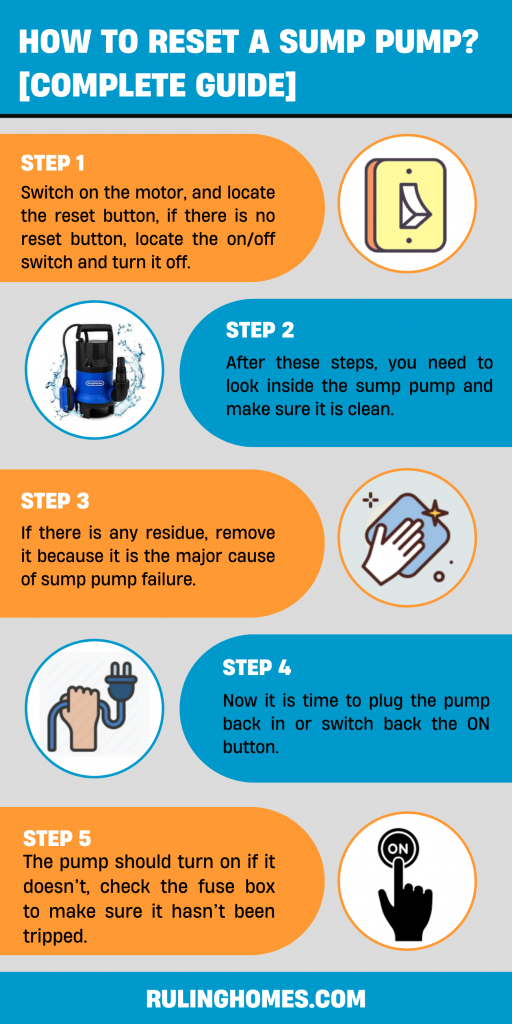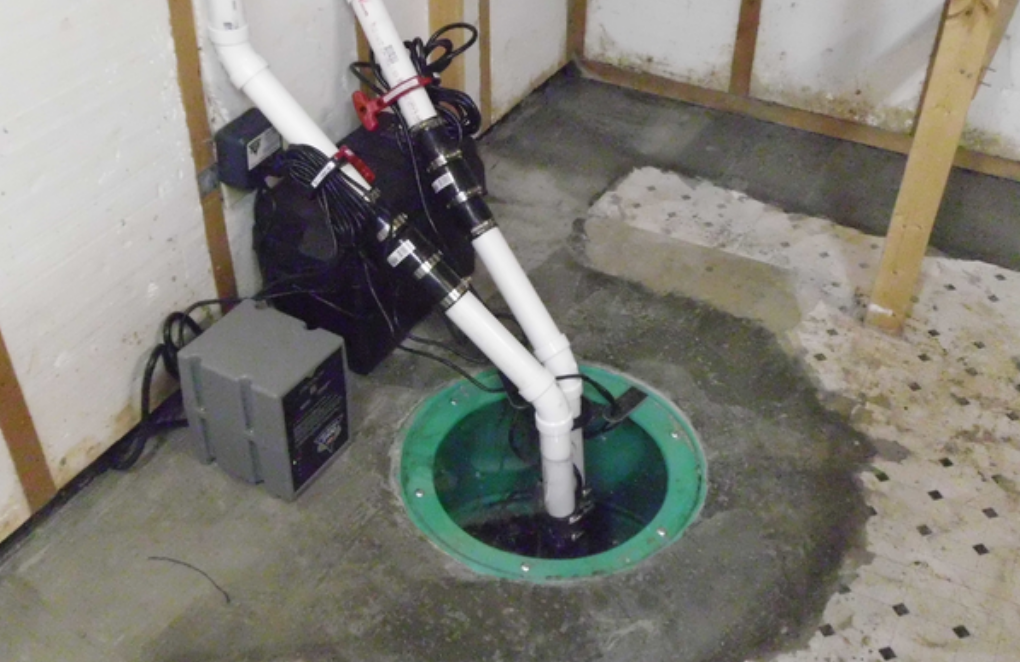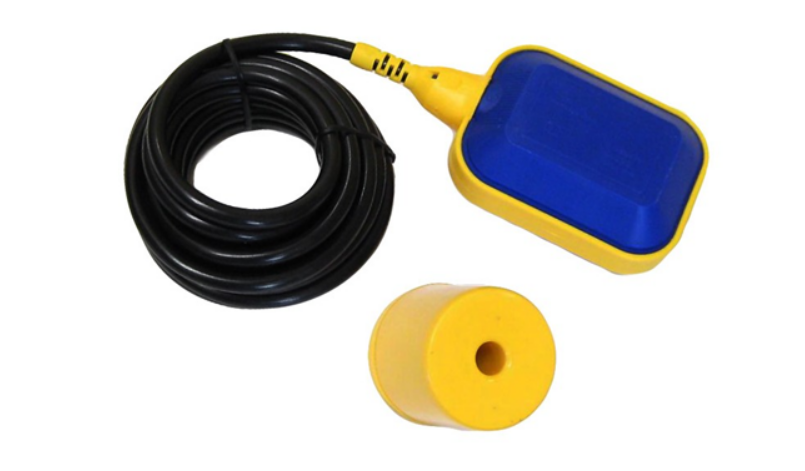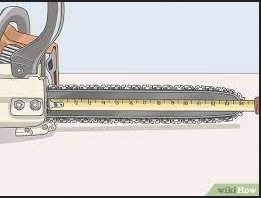Resetting a sump pump involves a few steps
- First of all, switch on the motor, locate the reset button, if there is no reset button, locate the on/off switch and turn it off.
- After these steps, you need to look inside the sump pump and make sure it is clean.
- If there is any residue, remove it because it is the major cause of sump pump failure.
- Now it is time to plug the pump back in or switch back the ON button.
- The pump should turn on if it doesn’t, check the fuse box to make sure it hasn’t been tripped.
When Is the Time to Reset the Sump Pump?
If your sump pump isn’t running quite well as the day it was installed, it’s time to reset the sump pump (yeah, resetting must do; you don’t need to replace the sump pump every time).
The overall working of sump pump is simple. It is responsible for pumping water from the pit that is built-in into your basement.
Every pump needs resetting from time to time. Usually, the resetting of best Sump pumps involve a few steps which include:
- Disconnect the electricity power
- Remove the pump
- Clean all the detritus
- Reconnect everything
- Switch on the sump pump
But before we go into the details of resetting the pump, you need to know how many types of resetting are there.
Types of Resetting:
There are two main types of resetting your sump pump to work better:
Automatic Resetting:
Some sump pumps can reset automatically. They are available with an advanced sensor that allows you to change the auto-reset settings.
Manual Resetting:
If you’re doing a manual reset, locate the breaker to turn them on and off when necessary.
Detailed Guideline on How to Reset the Sump Pump
Resting a sump pump is an easy process. This is the step by step process you need to know for resetting the sump pump:
Turn Off the Electricity
To stay safe, always disconnect the electricity before attempting any resetting. You’ll shut off the power button from the breaker then unplug the electric cable.
To avoid electric shock when cleaning the pump, make sure you stand back from the floodwater once you reconnect the power.
Unplugging the Pump
Remove the pump basin and lift the sump pump out. Always make sure you attach the drain pipes and avoid any dents or damage to the parts. Lay the pump on some layers of fabric to protect it from damage.
Clean the Pump
As floodwater passes through the pump, small rocks, dirt, and other debris may settle at the bottom. Clear away any material from inside the pump and also clear off any rust.
The next step is to clean the drain pipes to assist the lines in staying clean and reduce any noise or overheating.
Checking the Drain Lines
Once you’ve cleaned the filter, motor, and basin pit, check the drain lines.
The pipe and drain line should be checked thoroughly before you reattach your sump pump. Confirm that pipe and filters are in good working order and free from clogs.
Every sump pump will make some noise when running.
If the drain pipes are clogged, it’ll make even more noise because the pump has to work harder. This may also increase the danger of smoking or a burnt-out pump.
Reattach the Parts
After you reset the pump, reassemble the connections and test them to confirm if the pump is functioning correctly. Also, check the float switch to verify if it’s moving at the proper times with the rising water.
Resetting After an Electric Failure
Always test the sump pump after an electricity outage or breaker trip to ensure there are no shortages within the circuit. For backup sump pumps, reset the circuit and check the wiring to ensure the battery is up and running again.
Using the Reset Button:
If there’s a push-button to reset the pump, you need to find it. Press the button firmly for about 5 seconds.
Then release it and see if it comes on by itself. If it doesn’t work, try pressing it again. If there are no clogs inside the pit, listen to the press to confirm the switch resets.
Before we finish, we’d like to speak tell you about a couple of situations – whether or not you ought to reset during a flood or after an incident of a power outage.
Seeing that your pump isn’t performing at its peak, you’ll reset it. Don’t stay in touch with water when you’re close to turning your pump on.
Both power outages and surges are critical to a sump pump’s health and operation.
During a natural calamity like a storm, power may leave or the breaker at your home may surge.
Either way, the electrical system may get fried. Test the power source then the pump before attempting to reset it. While resetting your backup pump, you would have to reset the actual circuit it relies on.
Check its wiring, a power failure may affect the battery also. So, check it too. Thus, resetting a sump pump may bring the result you would like.
Conclusion:
Your sump pump may need reset for several reasons, and it’s vital to understand the way to reset it. To keep running during flooding, electrical surges, short circuits, faulty parts, or power failures, you need to learn how to reset it.
Resetting the pump is straightforward, but you’ve got to play it safe.
Observe all safety rules like shutting off the power and ensuring that you simply reattach all cables correctly to avoid any accidents. A thorough cleaning of the sump pump parts also will help prevent blockages which will cause the pump to stop working.

I grew up on a small farm in New Jersey. We had a big family because my parents, my uncles and aunties all were living together on this farm so, you can imagine, it was always over crowded with people. But living in farm was really great because we had to do everything on our own and I learned so many things from my parents and uncles and aunties and that is where I found my passion for fixing things, whether it is renovating or designing, I was always there. Read more


![What Are Storm Doors? [A Detailed Guide]](https://rulinghomes.com/wp-content/uploads/2021/09/Screenshot47.png)
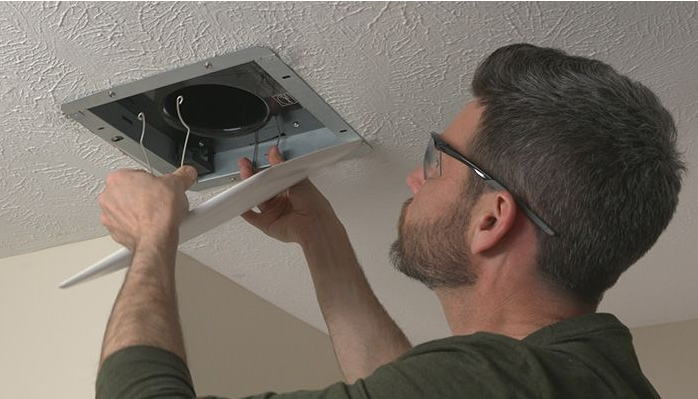
![How to Winterize Your Electric Pressure Washer? [Step by Step Guide]](https://rulinghomes.com/wp-content/uploads/2021/09/Screenshot44.png)
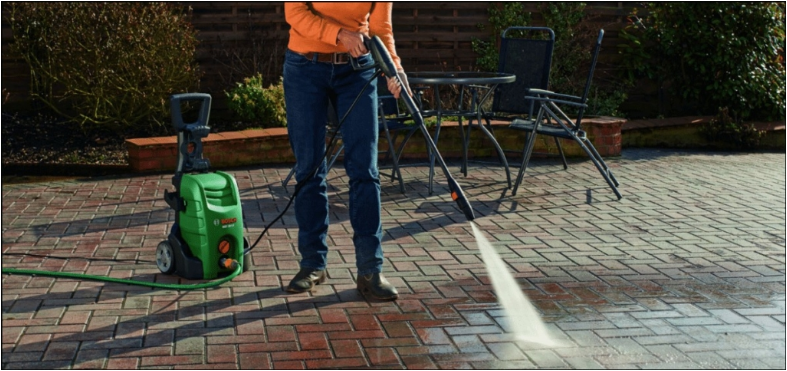
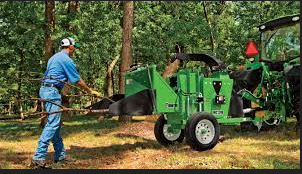
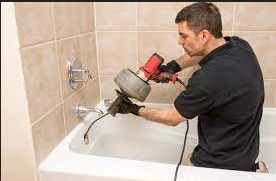
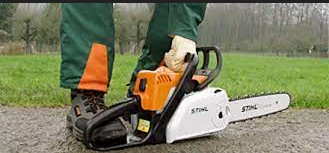
![How to Reset A Sump Pump? [Complete Guide]](https://rulinghomes.com/wp-content/uploads/2021/09/Screenshot37.png)

